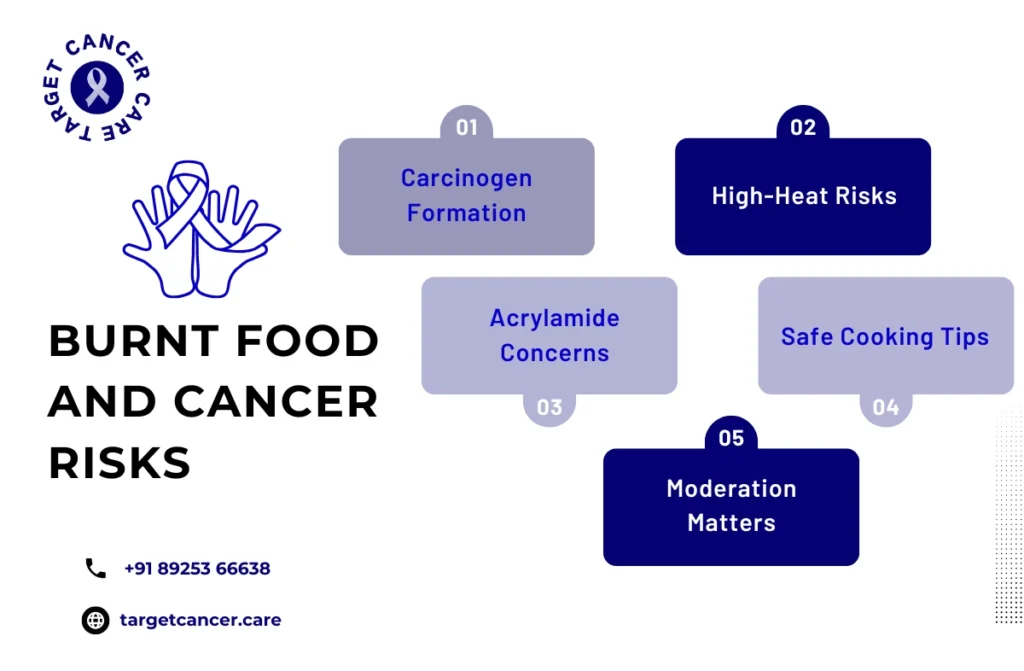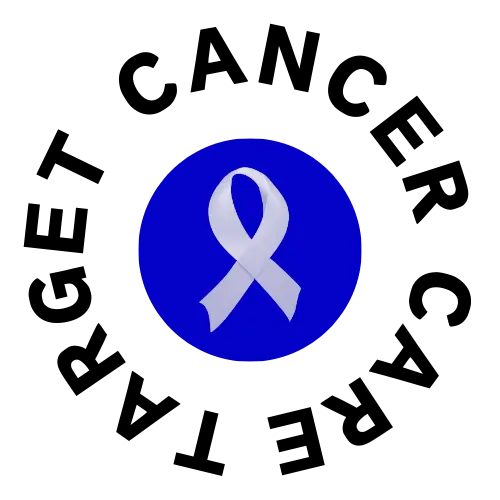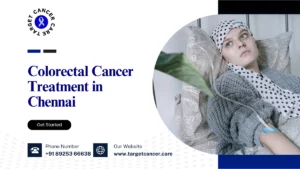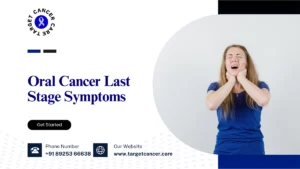How much burnt food cause cancer has raised concern among people worldwide. Burnt food, whether it’s crispy toast, charred meat, or over-roasted vegetables, might be flavorful, but is it safe to eat? The formation of carcinogens during high-heat cooking has fueled discussions about the risks of consuming burnt food. This guide will explore the facts, myths, and best practices to reduce risks while targeting cancer prevention.
What Causes Food to Burn During Cooking?
Burning food occurs when it is exposed to high heat for too long, causing the Maillard reaction or pyrolysis. These chemical reactions create a brown or black charred surface, usually accompanied by a bitter or smoky flavor. Overcooking or grilling at excessively high temperatures without proper attention can lead to burning.
Key Factors That Cause Food to Burn:
- High Heat and Low Moisture: Foods cooked with dry-heat methods like grilling, roasting, or frying are more prone to burning due to a lack of moisture to regulate temperature.
- Sugar Content: Items like bread, potatoes, and baked goods burn more easily because of their natural or added sugars, which caramelize and then char quickly.
- Thin or Small Portions: Thin slices of food or small items cook faster and are easier to overlook, making them more susceptible to burning in seconds.
- Insufficient Oil or Fat: When food sticks to a dry pan or grill surface, it is more likely to scorch and develop burnt patches.
While a bit of crispiness can enhance flavor and texture, excessive charring raises concerns about safety—especially the risk of exposure to harmful compounds. This leads us to explore the next question: What is acrylamide?
What is Acrylamide?
Acrylamide is a chemical that develops in some foods—especially starchy ones—when they’re cooked at high temperatures through methods like frying, baking, roasting, or burning. It is not added to food but develops naturally from sugars and an amino acid (asparagine) through the Maillard reaction when food turns brown or black.
Important Details About Acrylamide Formation:
- Common in Starchy Foods: Foods like potatoes, toast, cereals, and snacks are among the foods high in acrylamide due to their carbohydrate content.
- Cooking Temperature and Time Matter: The longer and hotter the cooking, the higher the acrylamide levels. Darker, burnt toast has much higher levels of acrylamide compared to bread that is lightly toasted.
- Can Burnt Toast Cause Cancer? While research is ongoing, the presence of acrylamide in burnt toast has raised public concern. Burnt surfaces of bread, chips, and fries are where this compound is often concentrated.
- How Much Burnt Food Cause Cancer? Scientists have not established an exact amount, but frequent consumption of heavily charred foods over time may pose health risks.
This compound gained attention when lab studies showed it could cause genetic mutations in animals, sparking discussions around cancer risk. Next, let’s examine how acrylamide ends up in something as common as burnt toast.
Burnt Toast Contains Acrylamide
When bread is toasted past a golden brown and becomes dark brown or black, it starts to contain acrylamide. This chemical forms more intensely as the surface of the toast burns. The darker the toast, the more acrylamide is likely to be present.
Key Insights on Burnt Toast and Acrylamide:
- Foods High in Acrylamide: Toasted bread, especially when overcooked or burnt, is considered one of the foods high in acrylamide. This also includes items like potato chips, French fries, and over-roasted coffee beans.
- Can Burnt Toast Cause Cancer? The question, Can burnt toast cause cancer, is frequently raised. While definitive human studies are limited, acrylamide is classified as a probable human carcinogen based on animal studies.
- How Much Burnt Food Cause Cancer? The answer is not exact. However, scientists believe that continuous intake of burnt foods over a long period could increase cancer risk, particularly in people already predisposed to it.
Is burnt food bad for your stomach? Yes, it can be. Besides potential toxicity, burnt food is harder to digest, can irritate the stomach lining, and may trigger discomfort in sensitive individuals.
Let’s move forward to explore the connection between acrylamide and cancer more deeply.

Acrylamide and Cancer
The relationship between acrylamide and cancer has been thoroughly investigated. Animal studies have shown that high levels of acrylamide exposure can lead to tumors in various organs, which has raised concerns about its effects on human health. The International Agency for Research on Cancer (IARC) has designated acrylamide as a probable human carcinogen because of these findings.
Scientific Observations and Concerns:
- How Much Burnt Food Cause Cancer? While it’s difficult to pinpoint an exact quantity, studies suggest that regularly consuming burnt or heavily browned foods over time may lead to an increased cancer risk.
- Can Burnt Toast Cause Cancer? Burnt toast and similar foods contribute to acrylamide intake. Although one serving is unlikely to be dangerous, frequent consumption can accumulate potential harm over the years.
- Is It Safe to Eat Burnt Food? Occasionally consuming slightly burnt food isn’t considered highly risky, but habitual intake of charred items could expose you to more acrylamide than is considered safe.
Is burnt food bad for your stomach? Yes, burnt food can cause more than just long-term risks. It may also lead to stomach discomfort or acid irritation due to its tough texture and charred compounds.
The bigger concern, however, remains whether acrylamide truly causes cancer in humans. That’s what we’ll explore next.
Does Acrylamide Cause Cancer?
The link between acrylamide and cancer in humans is still not fully confirmed, but ongoing research suggests a potential risk. Laboratory studies in animals have clearly shown that high doses of acrylamide can lead to various types of cancer. However, these studies involve doses much higher than what humans typically consume through food.
Current Understanding and Uncertainties:
- How Much Burnt Food Cause Cancer? There is no specific threshold defined, but repeated exposure through a diet high in burnt, fried, or roasted starchy foods may gradually increase the cancer risk.
- Human Studies Are Inconclusive: Epidemiological studies on humans have not yet proven a direct cause-and-effect relationship. Still, experts recommend caution—especially for vulnerable groups such as children and pregnant women.
- Is It Safe to Eat Burnt Food? From a safety standpoint, reducing your intake of charred foods is a wise decision. Burnt edges of toast, fries, and grilled meats may contain more than just acrylamide—like other carcinogenic compounds such as PAHs and HCAs.
Because no one knows how much burnt food cause cancer for each individual, limiting exposure is a preventative approach. Let’s now explore whether you should actively reduce your acrylamide intake and how to do it.
Should I Try to Reduce My Acrylamide Intake?
Yes, minimizing acrylamide intake is a smart preventive step, especially since long-term exposure—even in small amounts—may contribute to cancer risk. While you don’t need to avoid all toasted or roasted foods, you should focus on balance and preparation methods that reduce harmful compound formation.
Tips to Lower Acrylamide Exposure:
- Cook to Golden, Not Burnt: Aim for golden brown rather than dark or black surfaces when toasting bread, frying potatoes, or baking. This simple step significantly reduces acrylamide levels.
- Soak Potatoes Before Cooking: Soaking potato slices in water for 15–30 minutes before frying or roasting helps lower acrylamide formation.
- Diversify Your Diet: Rely less on fried or processed starches. Include fresh vegetables, lean proteins, and whole grains to dilute acrylamide intake.
- Avoid Frequent Charring: Grilling or overcooking food too often increases your risk. Again, how much burnt food cause cancer isn’t defined, but consistent high intake is likely harmful.
Is burnt food bad for your stomach? Absolutely—burnt food can irritate the digestive tract, be tough to digest, and may even contribute to inflammation in sensitive individuals.
We’ve talked a lot about acrylamide, but other harmful compounds like HCAs and PAHs are also present in burnt foods. Let’s look at those next.
What About HCAs and PAHs?
In addition to acrylamide, burnt food—especially meat—can contain HCAs (heterocyclic amines) and PAHs (polycyclic aromatic hydrocarbons). These chemicals form when meat is cooked at high temperatures, such as grilling, barbecuing, or pan-frying. Both are known to be mutagenic, meaning they can cause changes in DNA that may contribute to cancer development.
Key Facts About HCAs and PAHs:
- Sources and Risks: HCAs form when amino acids and creatine in muscle meats react under high heat. PAHs, on the other hand, form when fat and juices drip onto an open flame, creating smoke that coats the meat.
- How Much Burnt Food Cause Cancer? While no precise amount has been defined, frequent intake of heavily charred meats high in HCAs and PAHs is believed to increase the risk of stomach, colon, and pancreatic cancers.
- Not Just Meat: While these compounds are most commonly associated with meat, smoking or charring any food—vegetables included—can still introduce small amounts.
Is It Safe to Eat Burnt Food? When consumed occasionally in small amounts, it’s unlikely to pose a major risk. However, repeated exposure to foods cooked in ways that generate HCAs and PAHs should be minimized for long-term health protection.
Now that we’ve covered both acrylamide and these additional carcinogens, let’s conclude with whether you should avoid eating burnt food altogether.
Should You Avoid Eating Burnt Food?
Completely avoiding burnt food isn’t always necessary, but being cautious is wise. Occasional intake likely won’t cause harm, but regularly consuming charred or overcooked food can expose your body to compounds like acrylamide, HCAs, and PAHs—some of which are linked to increased cancer risk.
Important Considerations:
Is Burnt Food Bad for Your Stomach? Yes. Charred foods are harder to break down and may cause stomach irritation, discomfort, or indigestion, especially for people with sensitive digestive systems.
How Much Burnt Food Cause Cancer? There’s no exact number. Risk depends on the amount, frequency, and type of burnt food consumed. But the scientific consensus encourages limiting exposure, especially in children and older adults.
Balance Is Key: Avoid turning your toast dark brown or black, choose gentler cooking methods, and rotate your meals with less processed or grilled options.
Can Burnt Toast Cause Cancer? While one burnt slice is not immediately dangerous, frequent exposure adds up. Since burnt toast is a common food high in acrylamide, moderation is essential.
How to Prevent the Effects of Burnt Toast?
Burnt toast contains a compound called acrylamide, which forms when starchy foods are cooked at high temperatures. Though evidence on how much burnt food cause cancer remains inconclusive, reducing intake of overly charred foods is a sensible precaution. Here’s how to reduce potential harm from burnt toast:
- Avoid Overcooking or Burning Bread: Toast your bread to a golden yellow rather than dark brown or black. The lighter the toast, the lower the acrylamide content. Keeping your toaster on a lower setting and closely monitoring the process helps limit overcooking.
- Scrape Off the Burnt Parts: If the bread is slightly burnt, scrape off the blackened areas before eating. Although it doesn’t remove all the acrylamide, it helps lower the total amount you’re exposed to. However, severely charred pieces should be discarded altogether.
- Choose Bread Types with Less Sugar: Breads with higher sugar content brown more quickly, increasing the risk of burning. Opt for whole grain or low-sugar options that are less prone to charring during toasting. This choice also offers additional fiber and nutritional value.
- Use Alternative Cooking Methods: Consider steaming or lightly pan-toasting bread with a controlled flame instead of high-temperature toasters. Lower-heat methods reduce acrylamide formation while still providing a warm, crisp surface.
- Clean Toasters and Pans Regularly: Residue in toasters or crumbs left behind can ignite and accelerate burning. Regular cleaning ensures even heat distribution and reduces the chance of blackening the bread unintentionally.
- Don’t Rely on Smell Alone: The smell of toast doesn’t always indicate how burnt it is. Visual cues are more reliable. Be attentive to color changes and use kitchen timers to avoid accidental over-toasting.
- Consider Frequency and Quantity: Occasional exposure to burnt food is unlikely to cause immediate harm, but regular consumption may increase risk. While no clear threshold defines how much burnt food cause cancer, reducing the frequency of consumption is a practical approach to lower risk.
- Pair with Antioxidant-Rich Foods: Eating foods rich in antioxidants like berries, nuts, and green vegetables may help neutralize some of the oxidative stress caused by acrylamide. A nutritious, varied diet may offer protection by strengthening your body’s defenses against potential toxins.
What makes people concerned about the link between burnt food and cancer?
Concerns about burnt food and cancer stem from the presence of acrylamide, a chemical formed when starchy foods like bread are cooked at high temperatures. This compound has been shown to cause cancer in animal studies, leading to public concern and the common question: Can burnt toast cause cancer?
- Acrylamide Is a Known Carcinogen in Animal Studies: Research has shown that acrylamide can increase the risk of certain cancers in laboratory animals. Although evidence in humans is less definitive, the association raises red flags for some consumers.
- Visible Charring Is a Warning Sign: Blackened or burnt surfaces on toast are visual cues that acrylamide may be present. People often associate this visible charring with harmful compounds, which adds to anxiety over consumption.
- Lack of Safe Threshold Causes Worry: There is no established safe limit for acrylamide intake in humans. This uncertainty leads to increased caution, as people don’t know how much exposure is too much.
- Media Influence Amplifies Fear: News headlines and health warnings often emphasize potential links between burnt food and cancer, making the issue feel more immediate or dangerous than the current evidence suggests.
- Public Health Messages Promote Prevention: Agencies like the FDA and EFSA recommend reducing acrylamide intake, especially in vulnerable populations. This reinforces the idea that even common foods like burnt toast could carry hidden risks.
What does the research say about burnt food and cancer?
Research into burnt food has primarily focused on acrylamide, a compound formed in carbohydrate-rich foods when cooked above 120°C. While animal studies suggest a link to cancer, human studies remain inconclusive. Still, experts recommend reducing intake of foods high in acrylamide to minimize potential health risks.
- Acrylamide and Cancer Risk in Lab Studies: Rodent studies have shown that acrylamide can cause gene mutations and tumor growth. This evidence has led health agencies to classify it as a “probable human carcinogen,” although exact human effects remain unclear.
- Examples of Foods High in Acrylamide: Common culprits include burnt toast, over-fried potatoes, coffee, crackers, and baked snacks. Acrylamide levels increase when these starchy foods are cooked at high temperatures for long periods.
- Human Data Is Limited but Cautious: While some observational studies have explored links between acrylamide and cancer in humans, results are mixed. Researchers agree that more controlled studies are needed before drawing firm conclusions.
- Is Burnt Food Bad for Your Stomach: Burnt food may irritate the gastrointestinal lining in sensitive individuals. It can lead to discomfort, acid reflux, or bloating in some people, particularly if consumed regularly or in large amounts.
- Regulatory Recommendations Focus on Prevention: Agencies like the European Food Safety Authority and the U.S. FDA advise consumers to toast bread lightly, avoid over-frying, and cook at lower temperatures to reduce acrylamide formation.
When in Doubt, Talk to Your Doctor
If you’re unsure whether eating charred foods poses a health risk, a doctor can provide personalized advice based on your diet and health history. Therefore, if you’re wondering whether it’s safe to eat burnt food, seeking medical advice is essential.
- Acrylamide Exposure Varies by Individual: Health risks from acrylamide depend on factors like age, weight, existing health conditions, and genetics. A doctor can help assess your specific risk from burnt food consumption.
- Doctors Can Explain the Long-Term Impact: While occasional burnt toast isn’t a major concern, repeated exposure may carry potential risk. Your doctor can explain how regular intake might affect your digestive or cancer risk over time.
- They Can Guide Safer Dietary Choices: If you’re frequently eating overcooked food, a physician can suggest safer alternatives or cooking methods. This guidance ensures you’re maintaining a healthier and more balanced approach to food preparation.
- Worried About Digestive Health? Ask: Some people experience discomfort or acid reflux from burnt food. If you’re unsure whether these symptoms are linked, your doctor can determine if burnt food is a contributing factor.
- Uncertainty is Normal—Seek Clarification: Questions like is it safe to eat burnt food often arise from headlines or studies. A healthcare professional can distinguish between public concern and evidence-based facts.
Conclusion
The risks associated with how much burnt food cause cancer depend on frequency, cooking methods, and portion sizes. While occasional exposure to burnt food is unlikely to cause harm, consistent consumption could increase cancer risk over time. To reduce these risks, adopt safer cooking methods, avoid overcooking, and prioritize a balanced diet.
Read also Causes of Cancer.



